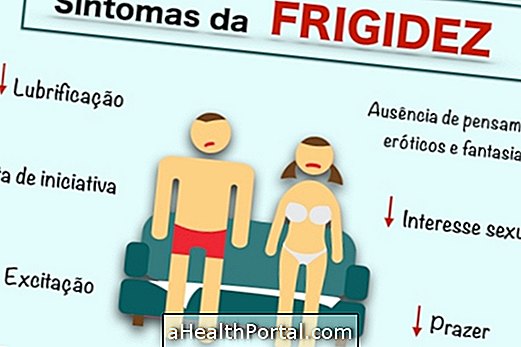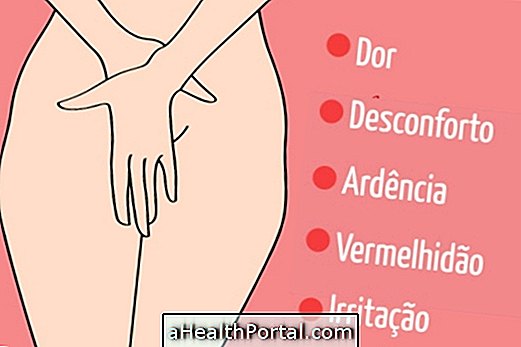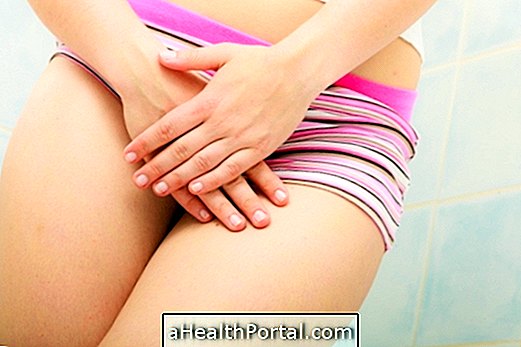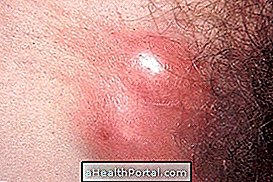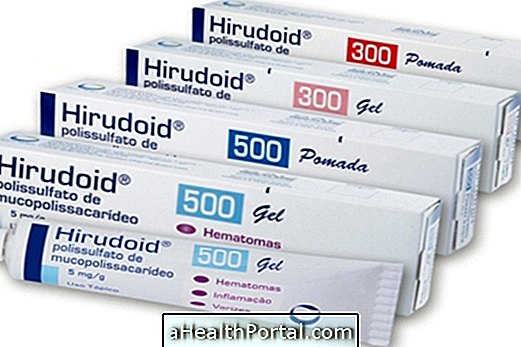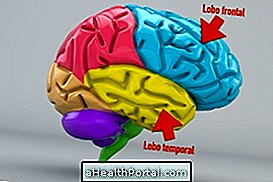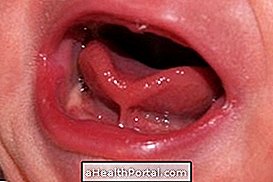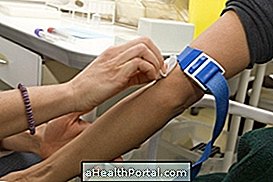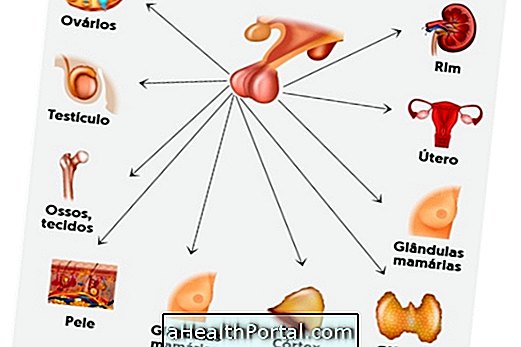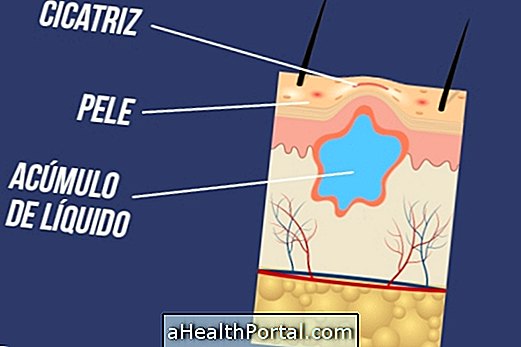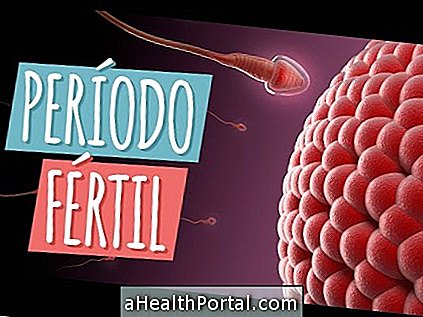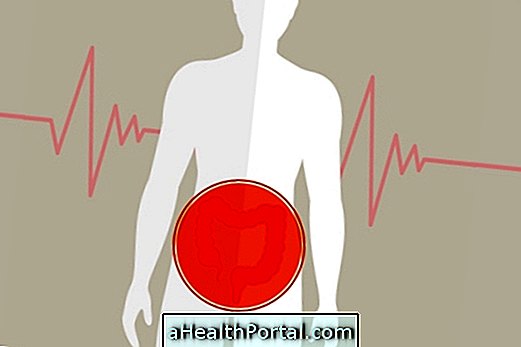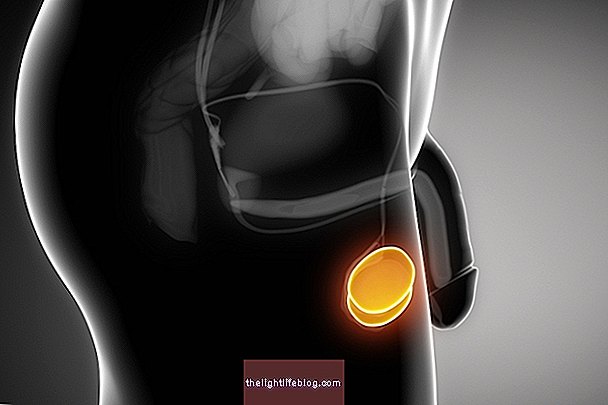Premenstrual dysphoric disorder, also known as PMDD or Super PMS, is a condition that arises before menstruation and causes PMS-like symptoms such as cravings for food, mood swings, menstrual cramps, or excessive tiredness.
However, unlike PMS, in dysphoric disorder, these symptoms become incapacitating and hamper the day-to-day tasks. In some women, premenstrual dysphoric disorder may even lead to anxiety attacks or the development of depression.
Although the specific causes for the onset of this disorder are not yet known, it is possible that it happens mainly in people who are more disposed to emotional variations, as they are accentuated by the hormonal changes of menstruation.

Main symptoms of PMDD
In addition to the common symptoms of PMS, such as breast pain, abdominal bloating, tiredness or mood changes, people with premenstrual dysphoric disorder should present a symptom of emotional or behavioral type such as:
- Extreme sadness or feeling of despair;
- Anxiety and excessive stress;
- Very abrupt changes in mood;
- Irritability and frequent anger;
- Panic attacks;
- Difficulty getting to sleep;
- Difficulty concentrating.
Usually these symptoms appear about 7 days before menstruation and can remain up to 3 to 5 days after the start of the menstrual period, however, the feelings of sadness and anxiety can stay longer and not disappear between each menstruation.
When a woman develops depression, frequent onset of such symptoms also increases the risk of suicidal thoughts, so it is very important to properly treat depression with a psychologist or psychiatrist.
How to confirm that it is PMDD
There is no test or examination to confirm the diagnosis of premenstrual dysphoric disorder, so the gynecologist can identify the disorder only by describing the symptoms.
In some cases, the doctor may even ask for tests, such as ultrasound or CT scans, just to confirm if there is no other abnormality in the pelvic region that may be causing the symptoms of severe abdominal cramps or bloating, for example.
How is the treatment done?
Treatment of PMDD is done to relieve a woman's symptoms and therefore may vary from case to case. However, the main forms of treatment include:
- Antidepressants, such as Fluoxetine or Sertraline: help relieve the symptoms of sadness, despair, anxiety and mood changes and can also improve the feeling of tiredness and difficulty sleeping;
- Contraceptive Pill : regulates hormone levels throughout the menstrual cycle, which can reduce all symptoms of PMDD;
- Analgesics, such as aspirin or ibuprofen: relieve headache, menstrual cramps or pain in the breasts, for example;
- Supplementation of calcium, vitamin B6 or magnesium : may be a natural option to relieve symptoms in some women;
- Medicinal plants such as Vitex agnus-castus: reduce irritability and frequent mood swings, as well as breast pain, swelling and menstrual cramps.
In addition, it is still important to have a healthy lifestyle by eating a balanced diet, exercising at least 3 times a week and avoiding substances such as alcohol and cigarettes, for example.
Sleeping 7 to 8 hours a night or practicing relaxation techniques such as mindfulness, yoga or meditation can also reduce stress and improve the emotional symptoms brought on by premenstrual dysphoric disorder.
Also check out some home-made options that help relieve PMS symptoms and can also improve PMTCT.
